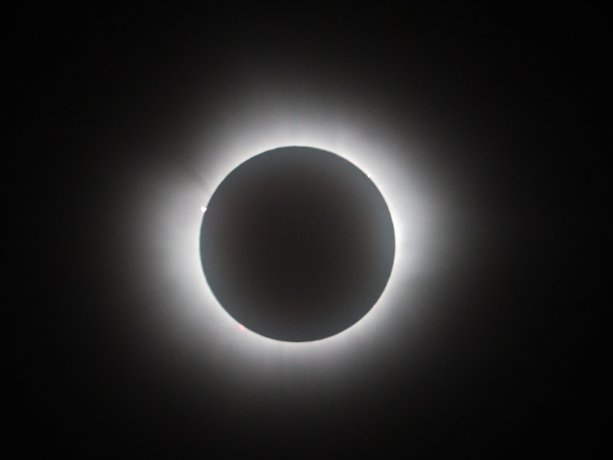A supermoon, a full moon, and blue moon: the super blue moon appeared in the sky on August 30, 2023. That night at 9:30 pm, the U.S. saw the closest and brightest full supermoon of the year. A supermoon is when the moon is at or near the closest point to Earth while also being a full moon, according to NASA; that is how it gets its title of a “supermoon.”
Since the moon is the closest it will be to the earth, the moon appears brighter and larger in the sky. A blue moon is when two full moons are in the same month. The moon isn’t really blue – it’s just the term used. Now, this event only occurs every two or three years, while supermoons (when it’s closer) happen about three to four times each year; what is rare is when they happen at the same time. (Source: moon.nasa.gov)
Special education teacher Mr. Matthew Swoboda said, “It was very large because it was a supermoon, and the second full moon of the month.” He continues that he “found it pretty cool, because the moon is also very cool.” Swoboda used to be in the young astronauts club in middle school and uses a reflection telescope to admire the sky. “I thought it was going to be cooler but it didn’t really look like anything,” senior Payton Rodriguez added.
There were mixed reactions to the super blue moon. However, there is no denying of how rare this event is; the moon is 222,043 miles away from Earth, according to Space.com. This causes higher tides, and due to the hurricanes that passed through recently, the tides and waves on Labor Day weekend were very intense. There were lots of riptide risks and alerts to not get in unless supervised, causing dangerous seas for the end of summer weekend, according to CNN.
This super blue moon lit up the sky for three days. Make sure to look for the next one in 2037. It’s an incredibly rare phenomenon that only happens once every couple decades, according to NASA. The moon will have a 14% increase in size and a 30% brighter appearance, daring America’s eyes to the bright, beautiful sky.
















